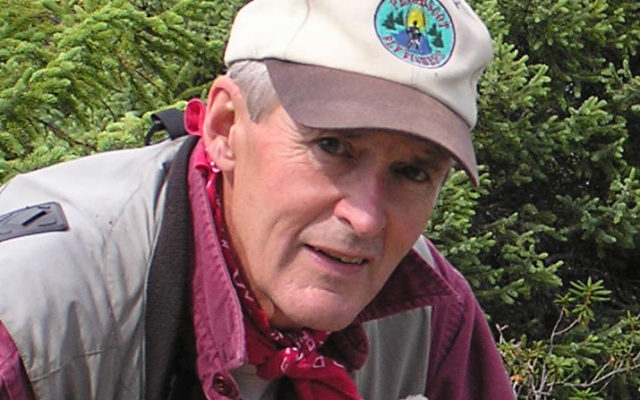
Posted land is becoming more prevalent
By V. Paul Reynolds
When you hunt the same land every fall for more than 50 years, you see remarkable changes. If you are a hunter whose very heritage is irrevocably linked to unfettered access to wooded areas, posted land is a slap in the face. It is true, as my wife reminds me, people who own private land have every right to keep you out, to keep it for themselves. And for the record, I believe in private property rights and would never agitate for public confiscation of private land, even to safeguard our priceless hunting heritage.
But we have a problem, Houston! In Hancock County, where I live and hunt, two things are happening at an unprecedented pace: 1) Single family dwellings are popping up in my old hunting haunts like dandelions in springtime, and 2) Most of the land that isn’t consumed by new dwellings is posted: No Trespassing.
Yes, it’s not a new problem. Back in the 1990s, when I was the Information & Education Officer for the Maine Department of Inland Fisheries and Wildlife, Game Warden Dave Peppard was in charge of landowner relations. He actually went around knocking on doors of landowners who posted. To his credit, he convinced some of them to substitute Hunting By Permission Only signs, which were provided at no charge to these landowners. The signs contained a space for the landowner’s name and phone number.
A few of these signs are still around, though faded, but I have yet to find one that contained either the landowner’s name or phone number, which does little to help the hunter looking for legally accessible land to hunt.
Today, there are, not one, but two full time game wardens who coordinate IF&Ws Landowner Relations Program. Are they doing any good? Perhaps, but, from where I stand, the problem must be outpacing their capacity to keep up.
Game Wardens advise that “posting your property with signs that say “Hunting by Permission Only” with your name and telephone number is much more preferable to the public than posting No Trespassing signs — and the setup can benefit you, too. Allowing use by permission puts you in direct contact with people using your land. And those people who are willing to reach out and ask for permission are usually also more inclined to help you by reporting acts of abuse and trespass by others.”
Not only are the By-Permission-Only signs as rare as real moose in Freeport, most of the new generic No Trespassing signs have an aggressive, threatening tone. An old cutting that I have hunted for years has a new sign that announces: “Warning: No Trespassing – Surveillance Cameras- live feed.” A neighboring blueberry barren that borders a swamp I have long hunted has a new sign message from a well-known Downeast blueberry processor. It is not sweet like the berries. It almost hisses at you: No Trespassing–Violators Will Be Prosecuted!
Recently in a glowing Bangor Daily News op-ed endorsement of Governor Mills, by Matt Dunlap, he reported that the governor has “expanded IF&Ws crucial Landowner Relations Program” with large infusions of taxpayer dollars.
This is an old refrain. What we have not seen is a convincing case that IF&W’s Landowner Relations Program is truly bearing fruit. How is this money being used? IF&W has never said. Do landowner relations wardens still knock on doors like Warden Peppard did in the early days of landowner relations programs? There may well be some significant successes in the realm of getting posted land unposted that we haven’t heard about. If there is some good news, those of us hunters who have become discouraged, who find it increasingly difficult to find unposted land would sure like to know.
The author is editor of the Northwoods Sporting Journal. He is also a Maine Guide and host of a weekly radio program “Maine Outdoors” heard Sundays at 7 p.m. on The Voice of Maine News-Talk Network. He has authored three books. Online purchase information is available at www.sportingjournal.com, Outdoor Books.